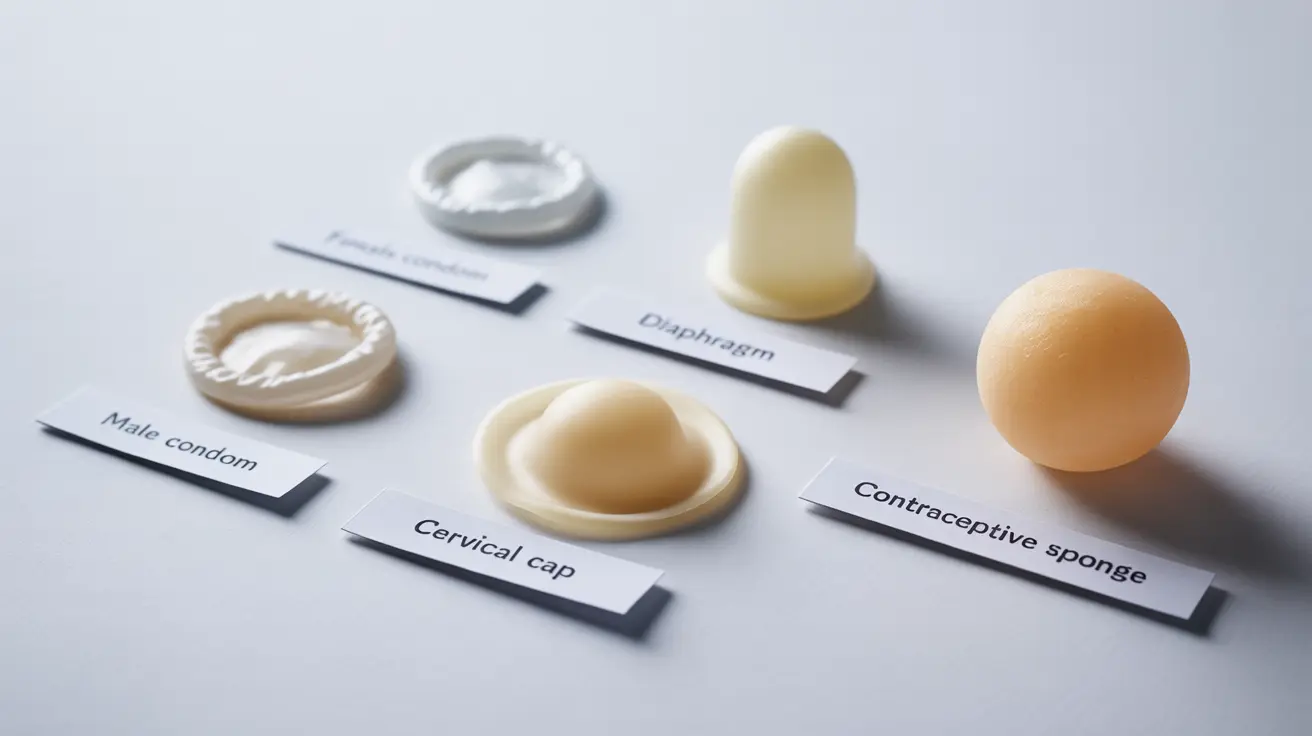When it comes to family planning and contraception, barrier birth control methods offer a non-hormonal approach to preventing pregnancy. These physical or chemical barriers work by preventing sperm from reaching and fertilizing an egg. Understanding the various options available and how to use them correctly is crucial for making informed decisions about reproductive health.
What Are Barrier Birth Control Methods?
Barrier birth control methods are contraceptive devices or substances that create a physical or chemical barrier between sperm and egg. These methods can be particularly appealing to individuals who prefer non-hormonal contraception or need protection against sexually transmitted infections.
Types of Barrier Birth Control Methods
Male Condoms
Male condoms are thin sheaths, typically made of latex, that cover the penis during sexual activity. They're widely available, easy to use, and provide dual protection against pregnancy and STIs when used correctly.
Female Condoms
Female condoms are polyurethane pouches inserted into the vagina before intercourse. They offer similar benefits to male condoms and can be inserted up to eight hours before sexual activity.
Diaphragms and Cervical Caps
These dome-shaped devices are inserted into the vagina to cover the cervix. They must be used with spermicide and left in place for several hours after intercourse for maximum effectiveness.
Contraceptive Sponges
The contraceptive sponge is a soft, disposable device containing spermicide that's inserted deep into the vagina before intercourse. It provides both physical and chemical barriers to sperm.
Effectiveness and Proper Usage
The effectiveness of barrier methods varies significantly based on perfect versus typical use. For example, male condoms are 98% effective with perfect use but about 85% effective with typical use. Proper usage is crucial for maximizing protection:
- Check expiration dates
- Store devices properly
- Follow insertion and removal instructions carefully
- Use new barriers for each sexual encounter
- Combine with spermicide when recommended
Advantages of Barrier Methods
Barrier birth control methods offer several benefits:
- No hormonal side effects
- Available without prescription (most types)
- Provide STI protection (condoms)
- Can be stopped or started easily
- Minimal health risks
- Portable and convenient
Disadvantages to Consider
Users should also be aware of potential drawbacks:
- Must be used correctly every time
- May interrupt sexual spontaneity
- Some people may have latex allergies
- Generally lower effectiveness rates than hormonal methods
- Requires partner cooperation
Frequently Asked Questions
What types of barrier birth control methods are available and how do they work?
Barrier methods include male and female condoms, diaphragms, cervical caps, and contraceptive sponges. They work by creating physical and/or chemical barriers that prevent sperm from reaching an egg during intercourse.
How effective are barrier birth control methods compared to hormonal options?
Barrier methods are generally less effective than hormonal options. While perfect use of male condoms is 98% effective, typical use reduces this to about 85%. Hormonal methods like the pill or IUD typically have effectiveness rates above 99%.
Do barrier methods of birth control also protect against sexually transmitted infections (STIs)?
Only male and female condoms provide protection against STIs. Other barrier methods like diaphragms and cervical caps protect against pregnancy but not STIs.
What are the advantages and disadvantages of using barrier birth control methods?
Advantages include no hormonal side effects, immediate reversibility, and STI protection (with condoms). Disadvantages include lower effectiveness rates than hormonal methods, the need for consistent and correct use, and possible interruption of sexual spontaneity.
How should barrier birth control methods be used properly to maximize their effectiveness?
To maximize effectiveness, users should follow all instructions carefully, check expiration dates, store devices properly, use new barriers for each sexual encounter, and combine with spermicide when recommended. Consistent and correct use is essential for optimal protection.




